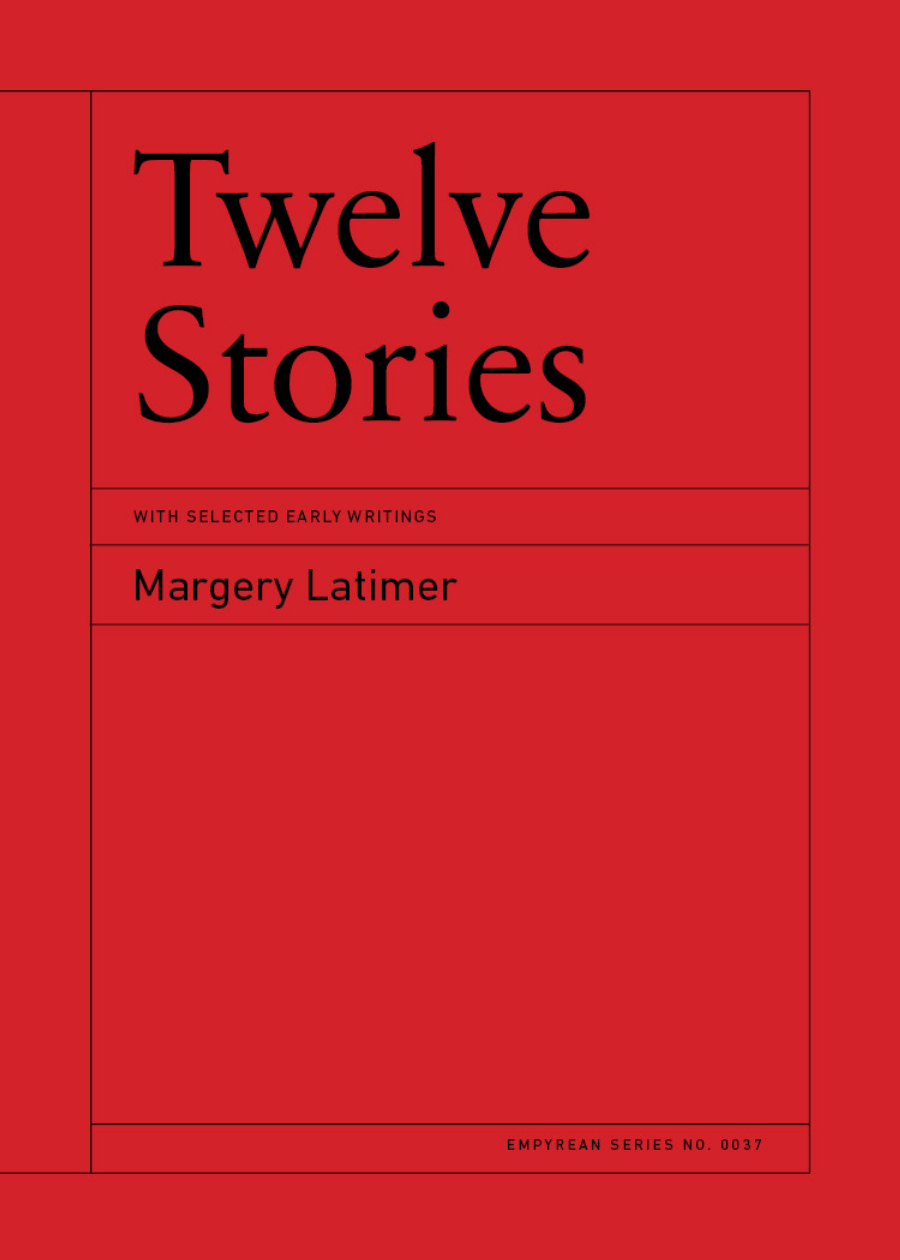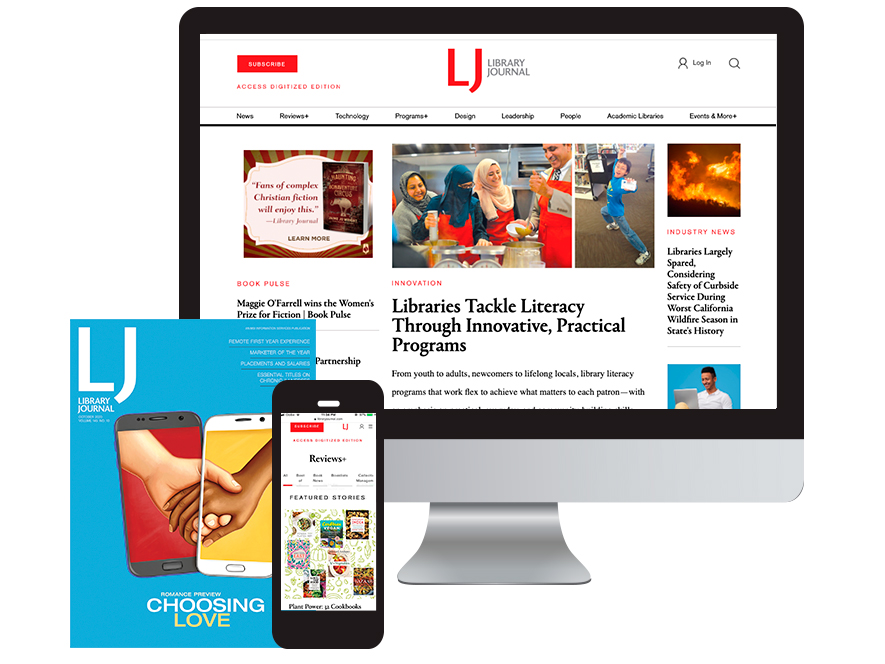Wright, David
64 Articles
Last 30 days
Last 6 months
Last 12 months
Last 24 months
Specific Dates
From:
To:
Ladies of the Rachmaninoff Eyes
 With brilliant comic writing and dialogue evocative of Capote, McCullers, and Waugh, Van Dyke’s delightfully unproblematized story of a Black queer youth’s coming-of-age feels decades ahead of its time.
With brilliant comic writing and dialogue evocative of Capote, McCullers, and Waugh, Van Dyke’s delightfully unproblematized story of a Black queer youth’s coming-of-age feels decades ahead of its time.
The Fire Within
 Twice adapted to film by Louis Malle in 1963 and Joachim Trier in 2011, La Rochelle’s courageous plunge into the void reveals itself to be, as Will Self suggests in his incisive introduction, an existential novel rivaling those of Albert Camus, Jean-Paul Sartre, and William S. Burroughs.
Twice adapted to film by Louis Malle in 1963 and Joachim Trier in 2011, La Rochelle’s courageous plunge into the void reveals itself to be, as Will Self suggests in his incisive introduction, an existential novel rivaling those of Albert Camus, Jean-Paul Sartre, and William S. Burroughs.
Termush
 Holm’s enigmatic fable deftly imagines from the inside out what might become of our fragile societal and mental constructs when the world as we knew it is gone, placing it alongside such psychologically acute post-apocalyptic rediscoveries as Marlen Haushofer’s The Wall and Kay Dick’s They.
Holm’s enigmatic fable deftly imagines from the inside out what might become of our fragile societal and mental constructs when the world as we knew it is gone, placing it alongside such psychologically acute post-apocalyptic rediscoveries as Marlen Haushofer’s The Wall and Kay Dick’s They.
Twelve Stories: With Selected Early Writings
 The fierce genius on display here leaves little doubt that had she lived past 33, Latimer may well have rivaled Virginia Woolf as modernist master and feminist icon. A revelation.
The fierce genius on display here leaves little doubt that had she lived past 33, Latimer may well have rivaled Virginia Woolf as modernist master and feminist icon. A revelation.
The Need for Roots
 Perennially debated, puzzled over, critiqued, and lauded, Weil’s impassioned contribution to the philosophy of human flourishing gathers resonance in a polarized world out of balance. Essential.
Perennially debated, puzzled over, critiqued, and lauded, Weil’s impassioned contribution to the philosophy of human flourishing gathers resonance in a polarized world out of balance. Essential.
PREMIUM
Seed on the Wind
One of the most ingenious plotters ever, Stout keeps readers guessing in this compelling saga, a curious forerunner to Ross Macdonald.
PREMIUM
Twice Lost
Readers undaunted by deep perplexities will find in Paul, who died in 1973, a writer worthy of comparison with such diverse sensibilities as Patricia Highsmith’s mordant psychological suspense and Charles Williams’s Manichean metaphysical fantasy. An odd duck with iridescent plumage.
The Homewood Trilogy
 Aptly described as an urban Black complement to Faulkner’s Yoknapatawpha novels and a prose analogue to playwright August Wilson’s Pittsburgh-set “Century Cycle,” this masterly, transformative work of remembrance is nothing short of a masterpiece.
Aptly described as an urban Black complement to Faulkner’s Yoknapatawpha novels and a prose analogue to playwright August Wilson’s Pittsburgh-set “Century Cycle,” this masterly, transformative work of remembrance is nothing short of a masterpiece.
Olav Audunssøn IV: Winter
 Inspired by the dire, fatalistic mores of the Norse sagas and Undset’s own devout Catholicism, her towering achievement is made less forbidding in Nunnally’s welcome new translation, which is very much in keeping with the novelist’s project of deromanticizing the past, resulting in a vivid, painstakingly researched historic re-creation, less akin to the lush swashbuckling of Dumas or Scott than to the harsh, immersive naturalism of Zola.
Inspired by the dire, fatalistic mores of the Norse sagas and Undset’s own devout Catholicism, her towering achievement is made less forbidding in Nunnally’s welcome new translation, which is very much in keeping with the novelist’s project of deromanticizing the past, resulting in a vivid, painstakingly researched historic re-creation, less akin to the lush swashbuckling of Dumas or Scott than to the harsh, immersive naturalism of Zola.
ALREADY A SUBSCRIBER? LOG IN
We are currently offering this content for free. Sign up now to activate your personal profile, where you can save articles for future viewing










